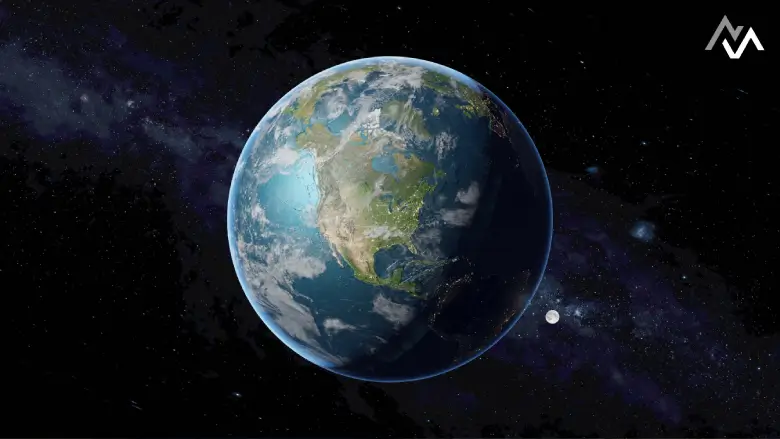A Bold New Study Suggests Earth Has Only 6 Continents

In a surprising turn of events, a recent study challenges the long-held belief that our planet has seven continents, proposing instead that there are only six. This intriguing revelation has sparked debates in the scientific community, prompting a re-evaluation of our understanding of Earth’s geography.
The Traditional Seven-Continent Model
For centuries, the seven-continent model has been the norm, consisting of Asia, Africa, North America, South America, Antarctica, Europe, and Australia. This classification is deeply rooted in historical and cultural perspectives. Each continent has been defined by its distinct geological features, cultures, and boundaries. However, the definition of what constitutes a continent has always been somewhat subjective, leading to variations in different parts of the world.
The Case for Six Continents
The new study, conducted by a team of geologists and geographers, presents a compelling argument for a six-continent model. The researchers propose that Europe and Asia should be considered a single continent called “Eurasia.” This is based on the fact that Europe and Asia share a continuous landmass with no clear geological separation. The Ural Mountains, traditionally considered the boundary, do not form a significant barrier to justify separate continental status.
The study also highlights that historical context has played a significant role in the acceptance of the seven-continent model. Geographical education often reflects cultural and political boundaries rather than pure geological factors. By examining the Earth’s crust and tectonic plates, the researchers argue that a six-continent model aligns more accurately with scientific observations.
Past Research on Continental Drift
The notion of redefining continents isn’t entirely new. The theory of continental drift, first proposed by Alfred Wegener in the early 20th century, revolutionized our understanding of Earth’s landmasses. Wegener suggested that the continents were once joined together in a supercontinent known as Pangaea, which gradually drifted apart over millions of years. This laid the foundation for modern plate tectonics, explaining how continents move and interact.
Implications and Future Research
The implications of adopting a six-continent model extend beyond academic curiosity. It challenges educators, policymakers, and geographers to rethink existing geographical frameworks. If widely accepted, this new perspective could reshape educational curricula, atlases, and even international relations.
Future research is needed to explore the cultural, educational, and geopolitical impacts of this proposal. Scientists and educators must collaborate to determine how this new understanding can be integrated into existing knowledge structures.
In conclusion, while the idea of having only six continents may seem radical, it invites us to question and explore the complexities of our planet’s geological history. As we continue to uncover the mysteries of Earth’s formation, this study reminds us that our understanding of the world is ever-evolving.




